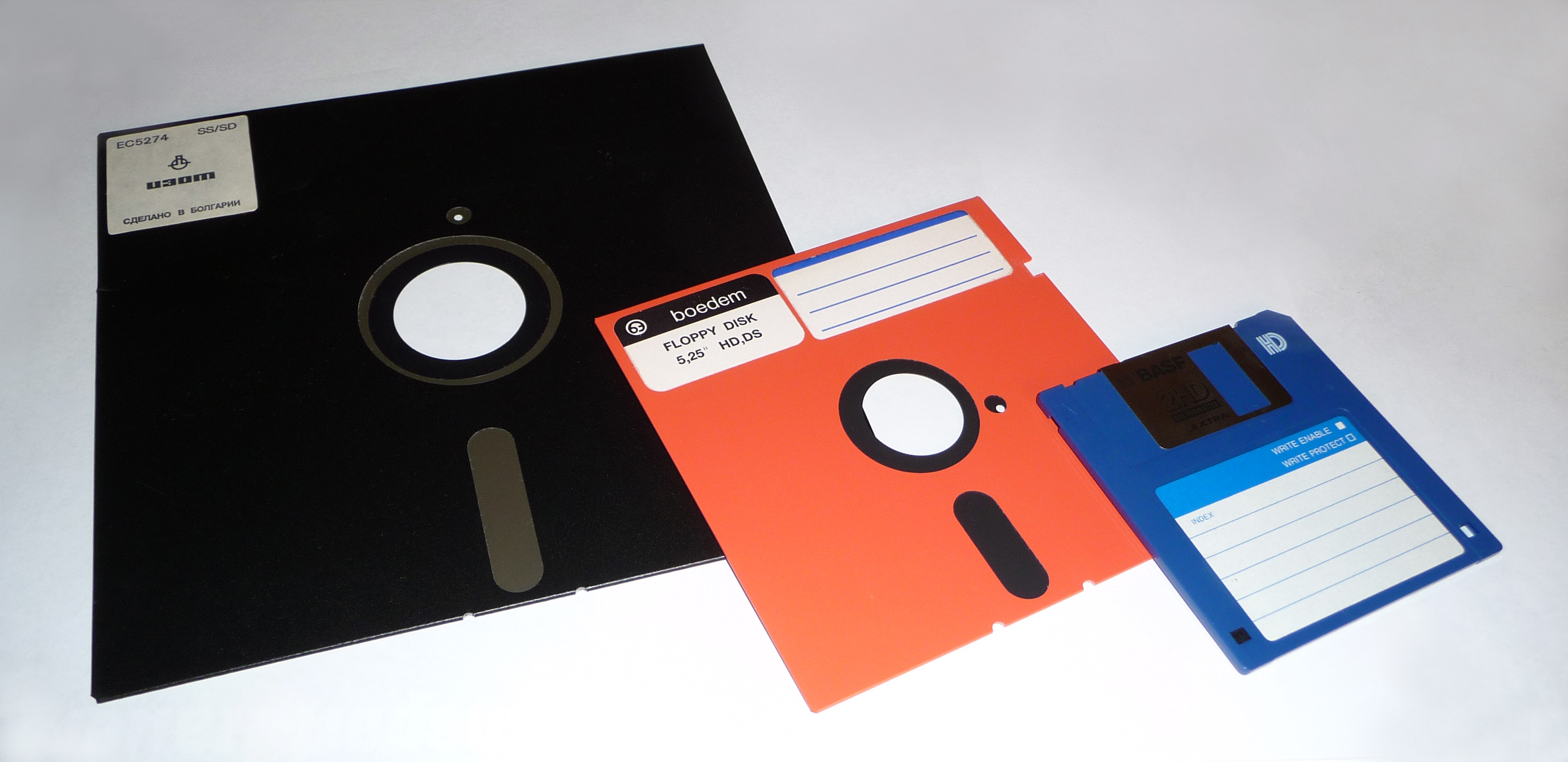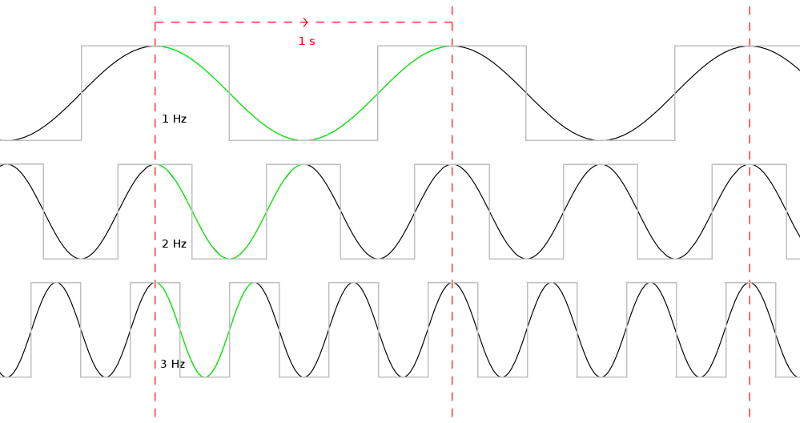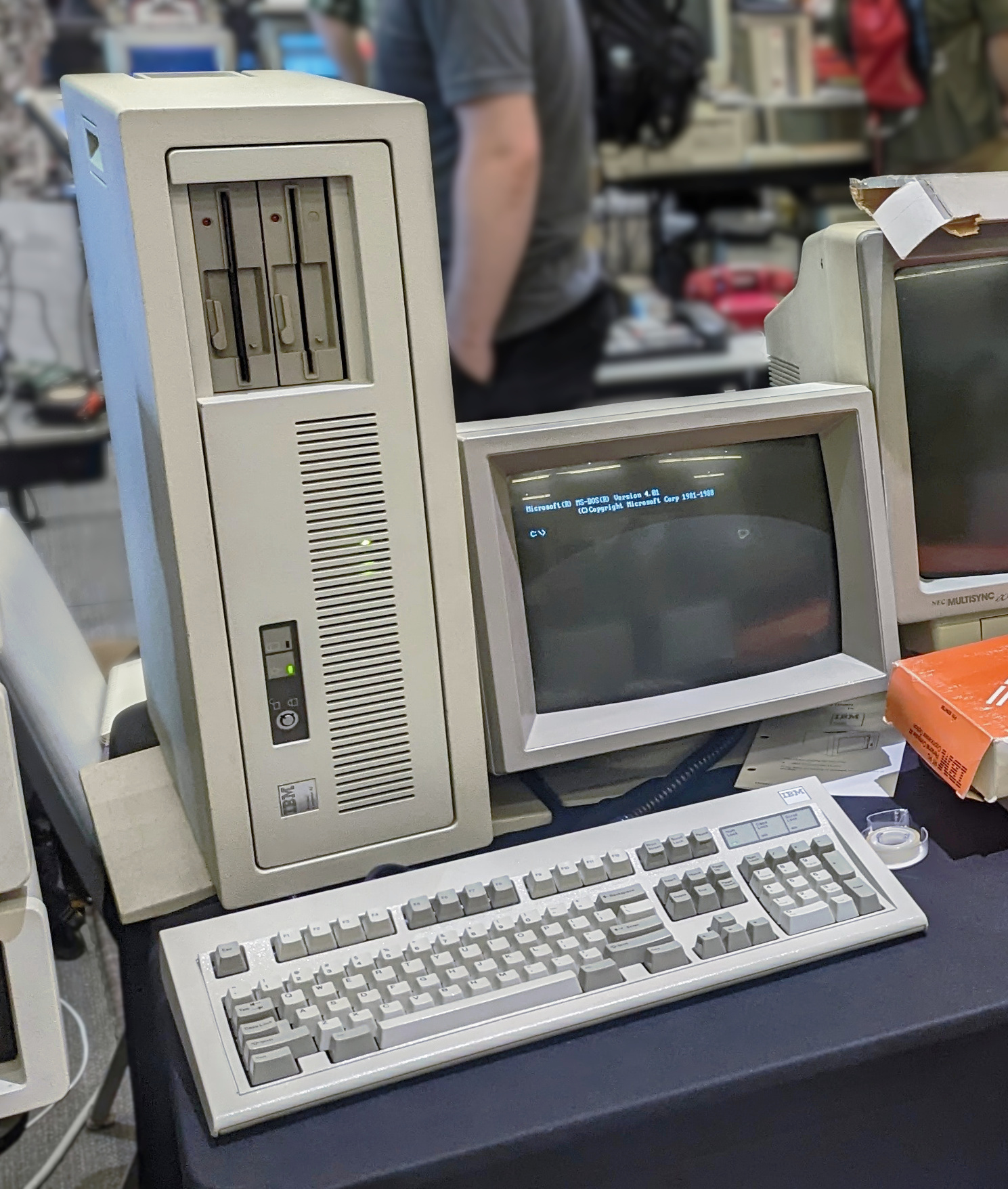|
Apple FileWare
FileWare floppy disk drives and diskettes were designed by Apple Computer as a higher-performance alternative to the Disk II and Disk III floppy systems used on the Apple II and Apple III personal computers. The drive is named Apple 871 in service documentation, based on its approximate formatted storage capacity in kilobytes, but is most commonly known by their codename Twiggy, after the famously thin 1960s fashion model named Twiggy. History In 1978, Apple intended to develop its own FileWare drive mechanism for the new Apple III and Lisa business computers being developed. They quickly ran into difficulties which precluded them from the Apple III, which continued to use the earlier Shugart design. Finally, FileWare drives were implemented in the Lisa, released on January 19, 1983. The original Macintosh was originally intended to have a Shugart drive, then a FileWare drive, then eventually shipped with Sony's 3.5" 400k diskette drive. Although Apple planned to make FileWare ... [...More Info...] [...Related Items...] OR: [Wikipedia] [Google] [Baidu] |
History Of The Floppy Disk
A floppy disk is a disk storage medium composed of a thin and flexible magnetic storage medium encased in a rectangular plastic carrier. It is read and written using a floppy disk drive (FDD). Floppy disks were an almost universal data format from the 1970s into the 1990s, used for primary data storage as well as for backup and data transfers between computers. In 1967, at an IBM facility in San Jose, California, work began on a drive that led to the world's first floppy disk and disk drive. It was introduced into the market in an format in 1971. The more conveniently sized 5¼-inch disks were introduced in 1976, and became almost universal on dedicated word processing systems and personal computers. This format was more slowly replaced by the 3½-inch format, first introduced in 1982. There was a significant period where both were popular. A number of other variant sizes were introduced over time, with limited market success. Floppy disks remained a popular medium for nearly ... [...More Info...] [...Related Items...] OR: [Wikipedia] [Google] [Baidu] |
Integrated Woz Machine
The Integrated Woz Machine (or IWM for short) is a single-chip version of the floppy disk controller for the Apple II. It was also employed in Macintosh computers. History When developing a floppy drive for the Apple II, Apple Inc. co-founder Steve Wozniak felt that the existing models available on the market were too complicated, expensive and inefficient. Rather than use the existing floppy drives from Shugart Associates, Wozniak decided to use the drive mechanism – but develop his own electronics separately for the both drive and the controller. Wozniak successfully came up with a working floppy drive with a greatly reduced number of electronic components. Instead of storing 8–10 sectors (each holding 256 bytes of data) per track on a 5.25-inch floppy disk — something standard at that time, Wozniak utilized group-coded recording (GCR), and with 5-and-3 encoding he managed to squeeze as many as 13 sectors on each track using the same mechanics and the same stor ... [...More Info...] [...Related Items...] OR: [Wikipedia] [Google] [Baidu] |
Macintosh XL
Macintosh XL is a modified version of the Apple Lisa personal computer made by Apple Computer. In the Macintosh XL configuration, the computer shipped with MacWorks XL, a Lisa program that allowed 64 K Macintosh ROM emulation. An identical machine was previously sold as Lisa 2/10 with the Lisa OS only. Hardware Macintosh XL has a 400K 3.5" floppy drive and an internal 10 MB proprietary "Widget" hard drive with provision for an optional 5 or 10 MB external ProFile hard drive with the addition of a parallel interface card. The machine uses a Motorola 68000 CPU, clocked at 5 MHz together with 512 KB RAM. Macintosh XL was discontinued in April 1985. Upgrades Because of its roots as a Lisa — unlike all other Macintosh computers — the stock Macintosh XL used rectangular pixels. The resolution of Macintosh XL's 12-inch (30.5 cm) display was 720×364 pixels. Square pixels were available through the Macintosh XL Screen Kit upgrade that changed the resoluti ... [...More Info...] [...Related Items...] OR: [Wikipedia] [Google] [Baidu] |
I/O Card
In computing, an expansion card (also called an expansion board, adapter card, peripheral card or accessory card) is a printed circuit board that can be inserted into an electrical connector, or expansion slot (also referred to as a bus slot) on a computer's motherboard (see also backplane) to add functionality to a computer system. Sometimes the design of the computer's case and motherboard involves placing most (or all) of these slots onto a separate, removable card. Typically such cards are referred to as a riser card in part because they project upward from the board and allow expansion cards to be placed above and parallel to the motherboard. Expansion cards allow the capabilities and interfaces of a computer system to be extended or supplemented in a way appropriate to the tasks it will perform. For example, a high-speed multi-channel data acquisition system would be of no use in a personal computer used for bookkeeping, but might be a key part of a system used for i ... [...More Info...] [...Related Items...] OR: [Wikipedia] [Google] [Baidu] |
Microprocessor
A microprocessor is a computer processor (computing), processor for which the data processing logic and control is included on a single integrated circuit (IC), or a small number of ICs. The microprocessor contains the arithmetic, logic, and control circuitry required to perform the functions of a computer's central processing unit (CPU). The IC is capable of interpreting and executing program instructions and performing arithmetic operations. The microprocessor is a multipurpose, Clock signal, clock-driven, Processor register, register-based, digital integrated circuit that accepts binary code, binary data as input, processes it according to instruction (computing), instructions stored in its computer memory, memory, and provides results (also in binary form) as output. Microprocessors contain both combinational logic and sequential logic, sequential digital logic, and operate on numbers and symbols represented in the binary number system. The integration of a whole CPU on ... [...More Info...] [...Related Items...] OR: [Wikipedia] [Google] [Baidu] |
MOS Technology
MOS Technology, Inc. ("MOS" being short for Metal Oxide Semiconductor), later known as CSG (Commodore Semiconductor Group) and GMT Microelectronics, was a semiconductor design and fabrication company based in Audubon, Pennsylvania. It is most famous for its 6502 microprocessor and various designs for Commodore International's range of home computers. History Three former General Instrument executives, John Paivinen, Mort Jaffe and Don McLaughlin, formed MOS Technology in Valley Forge, Pennsylvania in 1969. The Allen-Bradley Company was looking to provide a second source for electronic calculators and their chips designed by Texas Instruments (TI). In 1970 Allen-Bradley acquired a majority interest in MOS Technology. In the early 1970s, TI decided to release their own line of calculators, instead of selling just the chips inside them, and introduced them at a price that was lower than the price of the chipset alone. Many early chip companies were reliant on sales of ... [...More Info...] [...Related Items...] OR: [Wikipedia] [Google] [Baidu] |
Clock Rate
Clock rate or clock speed in computing typically refers to the frequency at which the clock generator of a processor can generate pulses used to synchronize the operations of its components. It is used as an indicator of the processor's speed. Clock rate is measured in the SI unit of frequency hertz (Hz). The clock rate of the first generation of computers was measured in hertz or kilohertz (kHz), the first personal computers from the 1970s through the 1980s had clock rates measured in megahertz (MHz). In the 21st century the speed of modern CPUs is commonly advertised in gigahertz (GHz). This metric is most useful when comparing processors within the same family, holding constant other features that may affect performance. Determining factors Binning Manufacturers of modern processors typically charge higher prices for processors that operate at higher clock rates, a practice called binning. For a given CPU, the clock rates are determined at the end of the manufact ... [...More Info...] [...Related Items...] OR: [Wikipedia] [Google] [Baidu] |
Disk Controller
A disk controller is a controller circuit that enables a CPU to communicate with a hard disk, floppy disk or other kind of disk drive. It also provides an interface between the disk drive and the bus connecting it to the rest of the system.{{Cite book , url=https://ieeexplore.ieee.org/document/955038 , access-date=2023-10-18 , date=2001 , doi=10.1109/ICCD.2001.955038 , s2cid=3084914 , language=en-US , last1=Jeppesen , first1=J. , last2=Allen , first2=W. , last3=Anderson , first3=S. , last4=Pilsl , first4=M. , title=Proceedings 2001 IEEE International Conference on Computer Design: VLSI in Computers and Processors. ICCD 2001 , chapter=Hard disk controller: The disk drive's brain and body , pages=262–267 , isbn=0-7695-1200-3 Early disk controllers were identified by their storage methods and data encoding. They were typically implemented on a separate controller card. Modified frequency modulation (MFM) controllers were the most common type in small computers, used for bot ... [...More Info...] [...Related Items...] OR: [Wikipedia] [Google] [Baidu] |
Disk Sector
In computer disk storage, a sector is a subdivision of a track on a magnetic disk or optical disc. For most disks, each sector stores a fixed amount of user-accessible data, traditionally 512 bytes for hard disk drives (HDDs), and 2048 bytes for CD-ROMs, DVD-ROMs and BD-ROMs. Newer HDDs and SSDs use 4096 byte (4 KiB) sectors, which are known as the Advanced Format (AF). The sector is the minimum storage unit of a hard drive. Most disk partitioning schemes are designed to have files occupy an integral number of sectors regardless of the file's actual size. Files that do not fill a whole sector will have the remainder of their last sector filled with zeroes. In practice, operating systems typically operate on blocks of data, which may span multiple sectors. Geometrically, the word sector means a portion of a disk between a center, two radii and a corresponding arc (see Figure 1, item B), which is shaped like a slice of a pie. Thus, the ''disk sector'' (Figure 1 ... [...More Info...] [...Related Items...] OR: [Wikipedia] [Google] [Baidu] |
IBM Personal Computer/AT
The IBM Personal Computer AT (model 5170, abbreviated as IBM AT or PC/AT) was released in 1984 as the fourth model in the IBM Personal Computer line, following the IBM PC/XT and its IBM Portable PC variant. It was designed around the Intel 80286 microprocessor. Name IBM did not specify an expanded form of ''AT'' on the machine, press releases, brochures or documentation, but some sources expand the term as ''Advanced Technology'', including at least one internal IBM document. History IBM's 1984 introduction of the AT was seen as an unusual move for the company, which typically waited for competitors to release new products before producing its own models. At $4,000–6,000, it was only slightly more expensive than considerably slower IBM models. The announcement surprised rival executives, who admitted that matching IBM's prices would be difficult. No major competitor showed a comparable computer at COMDEX Las Vegas that year. Features The AT is IBM PC compatible, wi ... [...More Info...] [...Related Items...] OR: [Wikipedia] [Google] [Baidu] |








